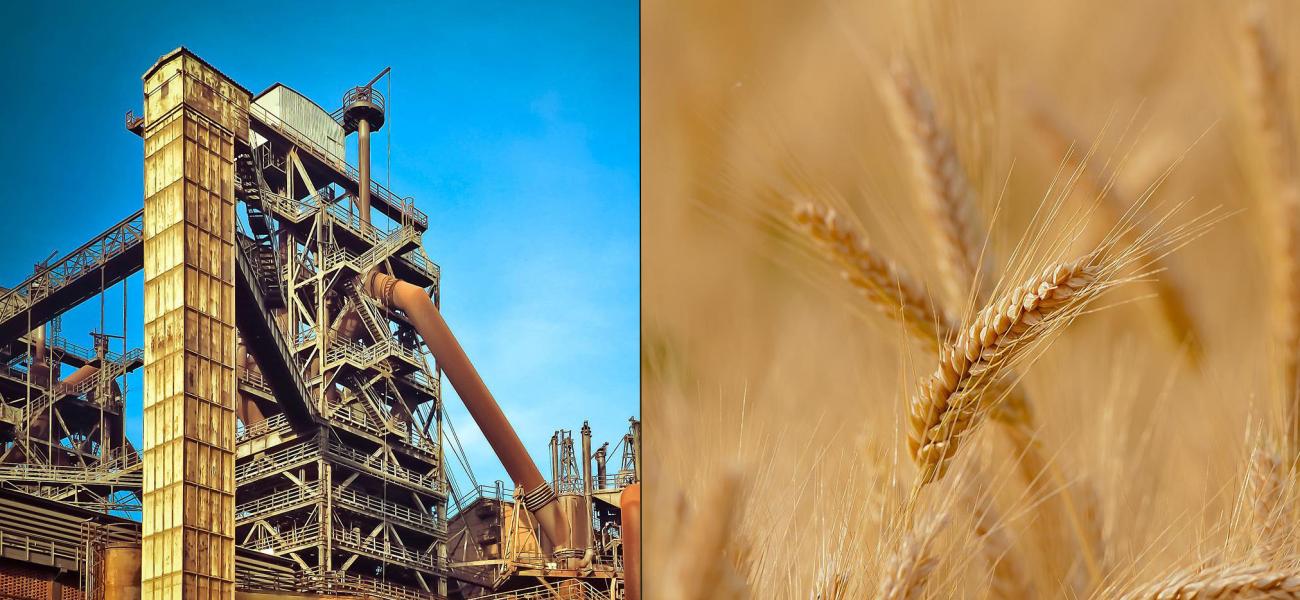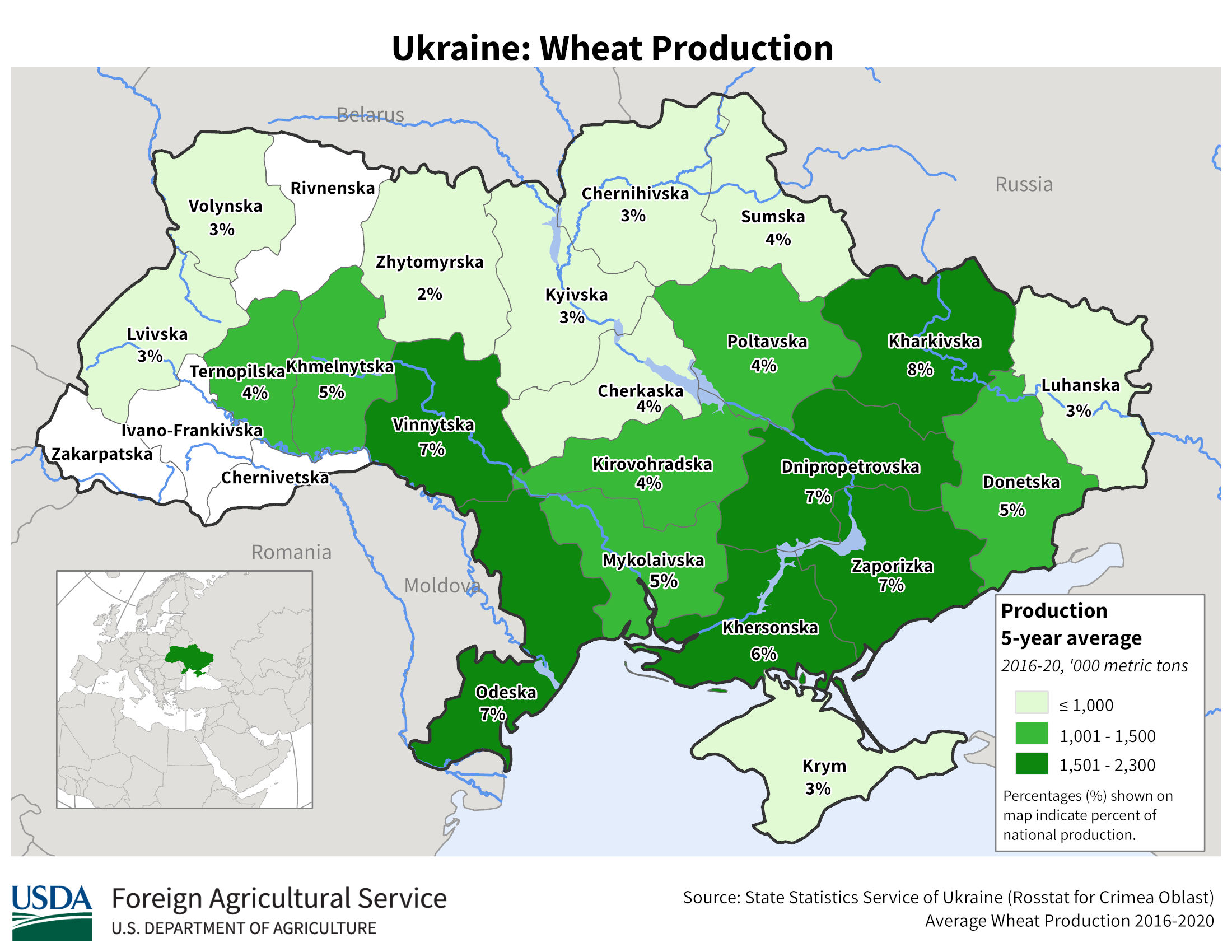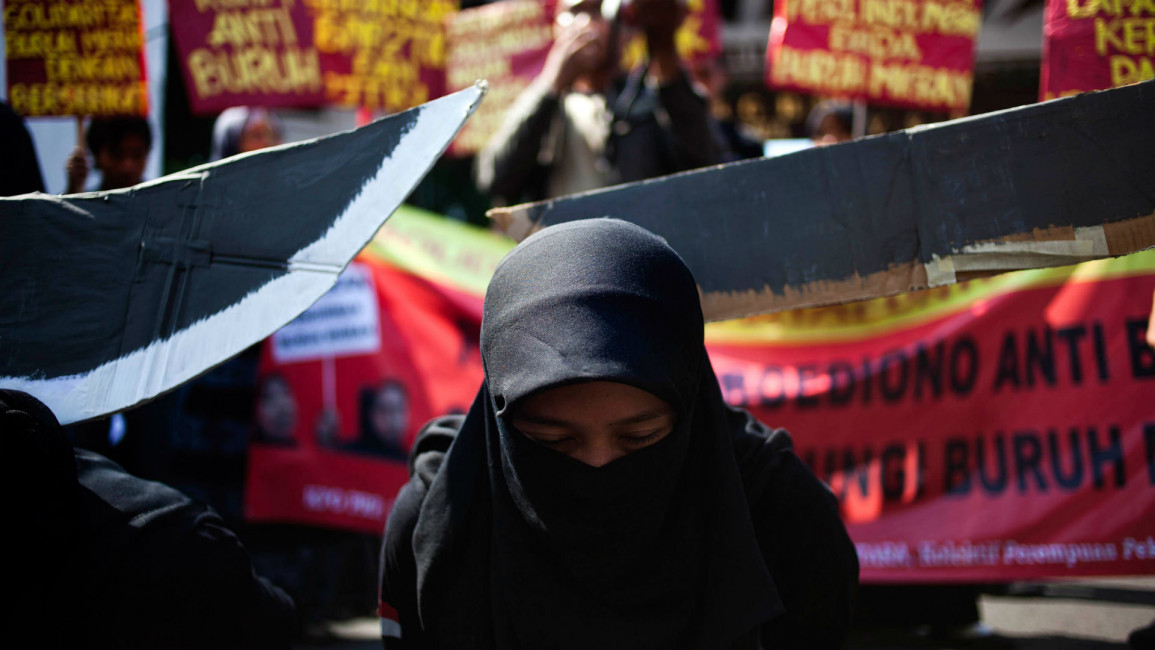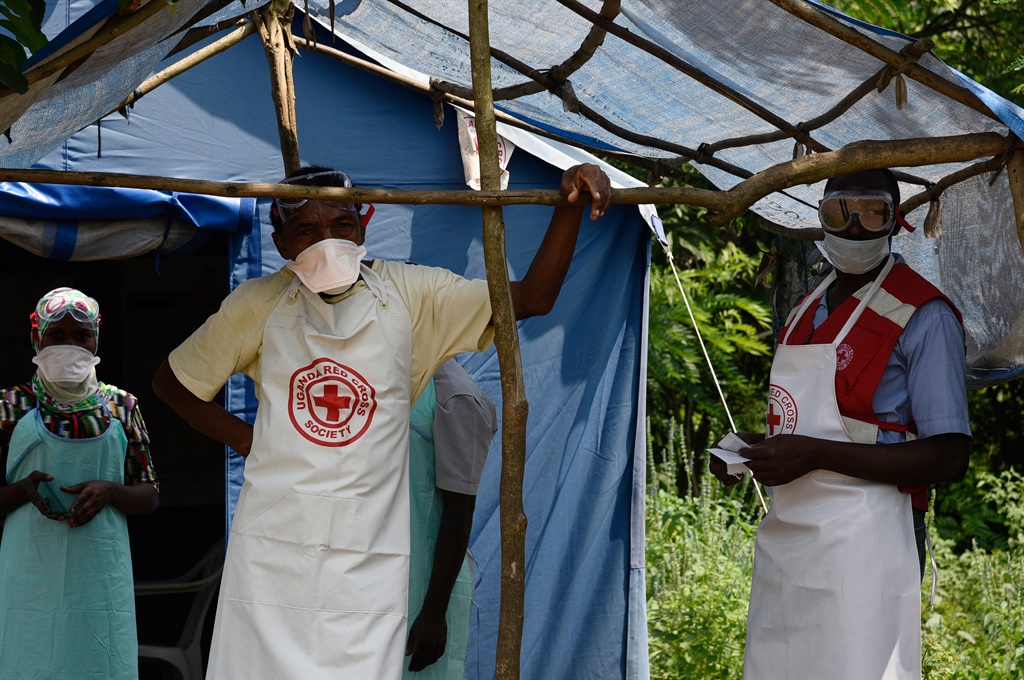- The last Ebola outbreak in the Democratic Republic of the Congo had a 100% fatality rate because of late detection.
- In recent epidemics, there has been a resurgence from persistent virus in survivors, meaning more outbreaks can be expected.
- Conflict does not directly affected the fight against Ebola in the DRC.
The World Health Organisation (WHO) announced the end of the 14th Ebola outbreak in the Democratic Republic of the Congo (DRC) on Monday.
News24 spoke to Dr Mory Keita, WHO's incident manager for the Ebola outbreak, about how they managed to end the recent cycle, the challenges, and what the future holds for the fight against the disease that was first detected near the Ebola River in 1976.
Lenin Ndebele: Compared to the previous outbreak, which had 130 confirmed cases and 50 deaths, the most recent one was very small. What do you attribute that to?
Dr Mory Keita: This latest outbreak was brought under control in approximately two months, with a total of five cases reported from two health zones.
This is a great achievement when compared to the previous one in the same province, which lasted about five months and had a total of 130 cases reported from 13 health zones.
This is attributable in large part to the early detection of the first confirmed case. In the previous epidemic, there was a long delay in the detection of the first confirmed case, which occurred only after several probable deaths, facilitating the spread of the virus in several health zones.
Ndebele: The DRC has had 14 Ebola outbreaks since 1976. What is the likelihood of having more outbreaks?
Keita: The likelihood of having more outbreaks is almost certain. The question is perhaps how soon. If we take the last three outbreaks in Équateur province, we had a frequency of two years (2018, 2020, and 2022).
Nationwide, we have at least one outbreak every year, referring to the five past years (six epidemics between 2018 and 2022). So, the latest resurgence was not unexpected given the fact that the Ebola virus is enzootic (found in animals) and present in animal reservoirs in the DRC and in the region.
READ | Democratic Republic of Congo declares end to Ebola outbreak
A resurgence from a persistent virus in survivors has also been described in recent epidemics. This means that the risk of re-emergence through exposure to an animal host or from a persistent virus cannot be excluded.
Ndebele: Why are we seeing more infectious diseases jumping from animals to humans and impacting large urban areas in the DRC?
Keita: It is important to note that more than 60% of infectious diseases in humans globally originate from animals.
The DRC's ecosystem is favourable to several infectious diseases, which makes it one of the most affected countries by infectious disease outbreaks in the WHO African region.
This can partly be explained by the over-urbanisation of most African countries, including the DRC. The "One Health" approach, therefore, appears to be an essential component of the strategy to combat infectious disease epidemics.
Ndebele: What did the swift response entail?
Keita: Building on skills and materials from the 2020 outbreak allowed for rapid detection of the first case in 2022.
The deployment of the ministry of health's rapid response teams and partners and the rapid shipment of vaccines were determinants.
The time frame between the declaration of the epidemic and the beginning of vaccination was halved compared to the previous epidemic – four days compared to seven.
Other important elements to note include the fact that this latest epidemic was declared a few days after the launch of a REDISSE (Regional Disease Surveillance Systems Enhancement) project funded by the World Bank.
Ndebele: Are any vaccine outreach programmes under way?
Keita: Vaccination with the ERVEBO vaccine (Ebola Zaire vaccine) was stopped just before the declaration of the end of the epidemic.
Consequently, there are no ongoing outreach programmes for this vaccine. However, the National Institute for Biomedical Research (INRB) is planning to implement a vaccination programme with Johnson & Johnson in some of the health zones in the coming weeks or months.
This will necessarily require vaccine outreach programmes before the official launch.
Ndebele: Does conflict in the DRC affect the fight against Ebola and other diseases?
Keita: The ongoing conflict in the DRC has not directly affected the Ebola response as the area affected by the epidemic (Équateur province) is not a conflict zone.
An indirect impact on funding for infectious disease outbreaks and responses cannot be excluded as the conflict may affect the overall economic situation of the country.
Ndebele: From the families and communities where deaths occurred, how long would surveillance work be under way?
Keita: This outbreak that just ended had a 100% case fatality rate (five cases-five deaths). Three deaths occurred in the community and two at the Ebola Treatment Centre (ETC). It should also be noted that these two cases were also admitted late to the ETC, reflecting weakness in early case detection.
Surveillance must be continuous (before, during, and after the epidemic). Although the end of the outbreak has been declared, the community must continue to be attentive and to report promptly any unusual event such as the death of bush animals, and the death of at least two people in the same household within two to three weeks (event-based surveillance).
In addition to this, indicator-based surveillance from health facilities should also be maintained on a continuous and systematic basis.
Ndebele: Is there anything you want people to know about Ebola in the DRC?
Keita: Investing in preparedness is important to shorten and quickly control possible future outbreaks. An easy example is a hotline. Permanently funding a hotline for community alerts would be one of the most cost-effective interventions for managing outbreaks.
The News24 Africa Desk is supported by the Hanns Seidel Foundation. The stories produced through the Africa Desk and the opinions and statements that may be contained herein do not reflect those of the Hanns Seidel Foundation.











